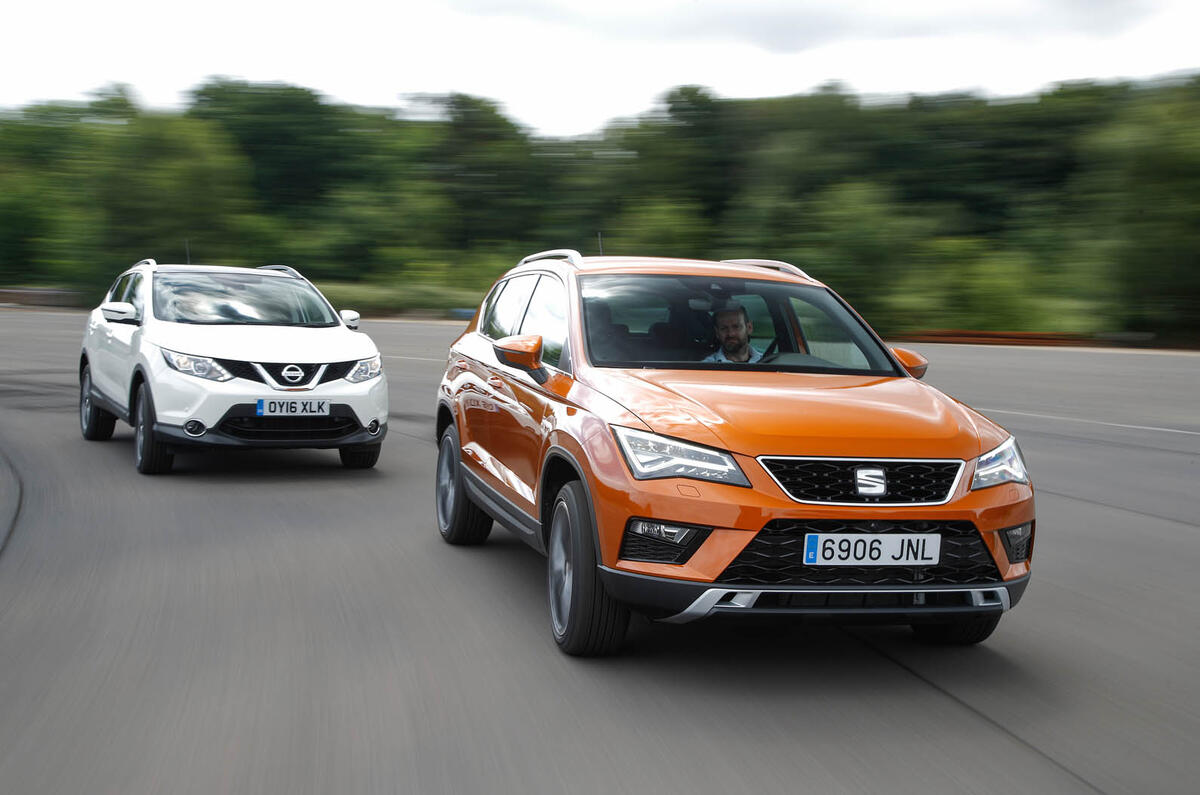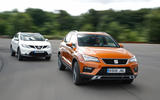For 10 years the Nissan Qashqai has been to the nation’s driveways what a loaf of medium sliced white is to its bread bins. Ubiquitous. Essential. Standard. Assured of what they’re getting, a generation of young families has made the British-built Nissan virtually its default choice. It has provided us with a standard too; the one we’ve used to measure practically every affordable crossover that has followed in its wake.
Typically, all have been found wanting. The Qashqai has not proven the best because it was first or cheap or even overtly brilliant, but because it was a savvy mix of practicality, efficiency, functionality and understated desirability. While Nissan likes to claim credit for the fortuitous half-spark of originality that helped establish the industry’s gravy train segment, its real triumph has been to nurture the model’s cleverly balanced appeal in the decade following its introduction.
It’s possible though that none of the competition in that time has been as potentially formidable as the new Seat Ateca. True, the Spanish firm has never built an SUV of any stripe before – and even the efforts of its parent company, the mighty VW Group, have been patchy – but the latest model promises to be rather different. Underpinned by the MQB platform, the Ateca has a raft of exemplary, right-sized offerings to call close relations, and only last week we described its sister car, the Volkswagen Tiguan, as the definitive compact SUV.
Of course, Wolfsburg’s idea of a high-riding family car comes with a valuation to match: the flagship R-Line Tiguan costs at least £7k more than the most expensive Qashqai. But Seat’s version, starting from just under £18k, is clearly priced to cause Nissan dealers some discomfort. For the same £27k that buys you a trim-topping, two-wheel-drive 128bhp Qashqai Tekna, you can have a 148bhp, four-wheel-drive Ateca in its equally bountiful Xcellence format.
It looks the part, too. The current Qashqai is as shrewdly hewn as a Trojan’s helmet, but it’s rival - even as a first ashore left-hooker - looks no less engaging in its presence; the rather staid horizontal lines of the Tiguan benefitting hugely from the wet strop apparently used in Seat’s Barcelona design studio to sharpen up VW’s modelling clay. The Ateca is slightly shorter than the Nissan, although it is marginally wider and taller, as well. Both cars get the standard crossover costume jewellery (metallic roof bars, conspicuous fog lights, burly plastic sills) and both offer the all-important raised flowerbed convenience of step-up ingress.
Inside each, the usability pay-off continues. Both are well-sized family cars. Accommodating a brace of growing pain sufferers in the rear is essential, and while the Ateca offers a little more head room, neither is found wanting. Differentiation occurs in marginal gains: the Seat, courtesy of its longer rear doors, is easier to get in and out of; the Nissan sports a split-level load floor courtesy of its removable two-partition system.
















































Join the debate
Add your comment
Impressed they offer a decent
I'm still not a fan of SUV's as a whole but this does appear to be the most appealing of the lot, with a decent engine range and car like handling.
Well done Seat
Price